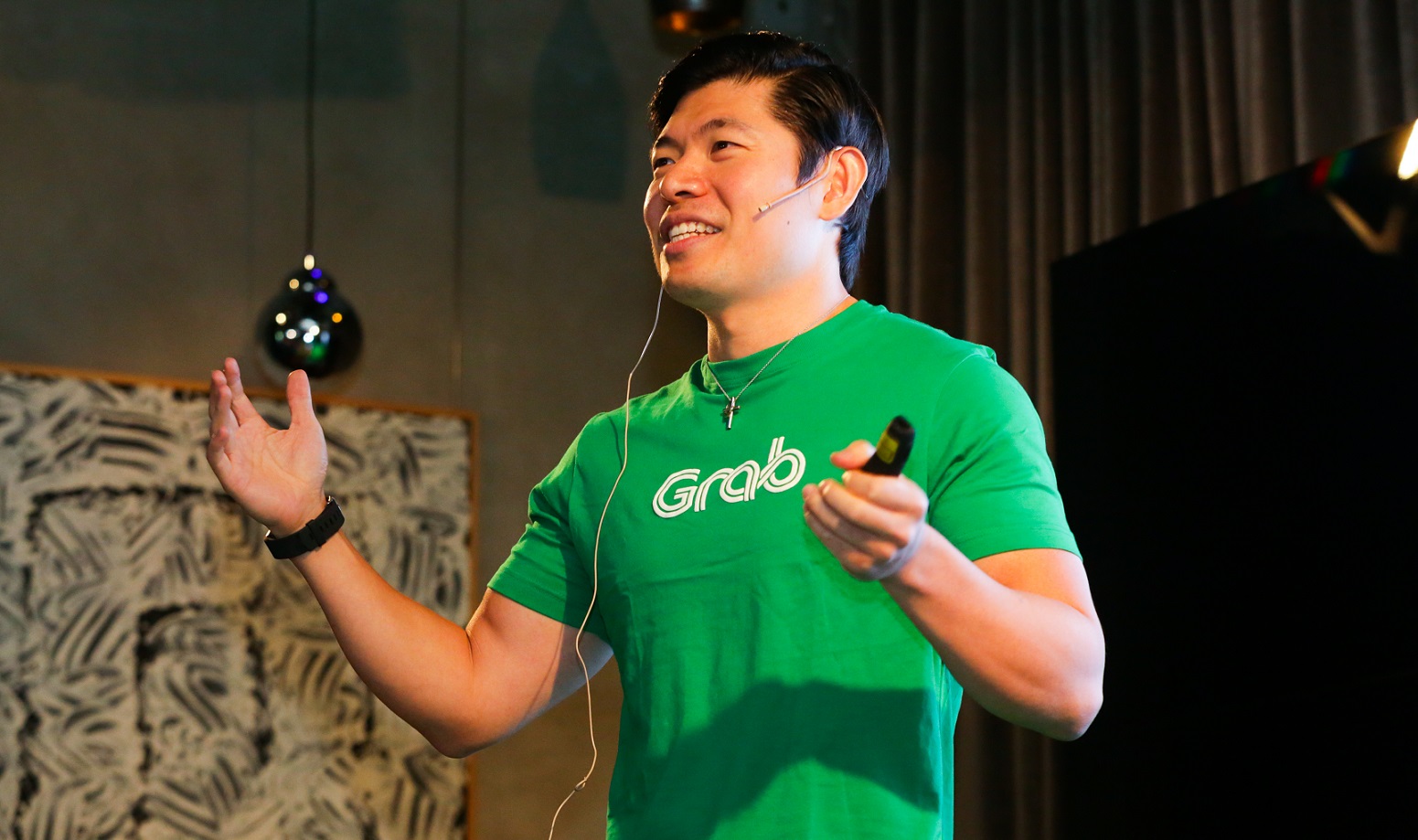Anthony Tan’s billion $ monetisation challenge
By Karamjit Singh May 4, 2018
- Sees the opportunity of a lifetime to make a real difference to SEA’s future
- Starting with 40 cab drivers in 2012 to 970,000 driver-partners in 7 countries in 2017
Digital News Asia (DNA) continues its series that profiles the 50 influencers who are helping shape Malaysia’s Digital Economy, from Digerati50 2018-2019 (Vol 3), a special print publication released in March 2018. The digital version can be downloaded from the link at the top right corner of the page thanks to the sponsorship of The Center of Applied Data Science (CADS) ASEAN's first and only one-stop platform and center of excellence for Data Science.
For information on customised reprints email [email protected]

ANTHONY Tan (pic) makes it back as a repeat Digerati50 because no one in the history of business in Southeast Asia (SEA) has raised as much venture capital for their business as he has as co-founder and CEO of Grab. The leading ride hailing service in SEA has its main operations in a corporate tower in Selangor, Malaysia right next to the cluttered store room of a Renault showroom it started life out from in late 2011. However, it has, since a 2014 Series A round led by Temasek owned venture arm, Vertex Ventures, relocated its corporate HQ there.
How Anthony, whose family is in the automative business, describes Grab, has gone through some permutations as well. His one time taxi-hailing business first morphed to ride-hailing and then to mobile internet company in 2016 and now, in its latest iteration, is SEA’s self-proclaimed largest “internet platform”.
In this changing description of what Grab is (which started as MyTeksi, solving a local Malaysian problem), lies the billion dollar challenge Anthony has to unlock – bringing in the revenue to justify the valuation accorded to him by investors, of which Japan’s Softbank Ventures, is the largest. This will be his biggest challenge. Can he find enough revenue sources to justify the speculated US$6 billion valuation? With such a valuation, realistically, his only option seems to be an IPO for investors to cash out.
Fortunately, the latest July 2017 funding round of US$2 billion, a combination of equity and borrowings, gives him tremendous firepower to experiment and identify his revenue streams.
He may well have zeroed in already on those revenue streams. One month before his U$2 billion funding, Grab celebrated its fifth anniversary with the release of a report “Moving SEA together” where it clearly announced that it sees providing accessible and safe transportation, increasing digital inclusion and boosting eCommerce in SEA as its main focus, describing it as “the opportunity of a lifetime to make a real difference to SEA’s future” since it sits at the intersection of all three.
Its digital inclusion play in centred solely around capturing opportunity in the payment space, which it sees as a US$500 billion opportunity in SEA by 2025. Not surprisingly its ambition is to build SEA’s “most inclusive and accessible mobile wallet” into a platform that is trusted and is ubiquitoes.
With his bold intention of wanting to dominate the market in Indonesia as well, Anthony acquired an O2O (online to offline) player there, Kudo, in April 2017 for an undisclosed amount and merged its platform to his own proprietary mobile payments platform, GrabPay. The acquisition gave him a formidable presence in both the eCommerce and financial services space as Kudo enables Indonesia’s unbanked consumers to shop online by connecting them with online merchants via its network of more than 400,000 authorised agents in 500 towns and cities.
But, he won’t have it all his way though as Indonesia is about to strike back. His former Harvard Business School classmate, Nadiem Makarim, who founded Go-Jek, a transport and logistics startup that has also made payments a key space it wants to dominate, announced in late 2017 that it will be expanding to a few key markets in SEA in 2018.
“We’ve always been on the defensive,” Makarim said in an interview with an English daily in Jakarta. “It’s time to bring competition to their doorsteps.” While he didn’t mention Grab by name, it’s clear who he was referring to.
To be sure, Anthony will be up for the challenge. His funders are confident with one of them telling the writer in Singapore a few years back: “We’re confident that Anthony and his team can navigate the waters and emerge winners in their space.”
Some already credit them to be winners in his core transportation market. The momentum is certainly there with data from Grab in June 2017 showing dramatic increase in driver-partners. From starting with 40 cab drivers from Comfort Cab company in Kuala Lumpur, in June 2012, as of June 2017 Grab had 970,000 driver-partners across seven countries in SEA.
Its app saw 17 million downloads in 2016 rising to 45 million in 2017 while at the same time the number of daily rides doubled to nearly 2.5 million a day at end 2017. Its average growth since 2012 has been a heady 360%. But it’s still loss making with heavy burn rate though revenue is rising. Will it rise fast enough? That’s Anthony’s billion dollar challenge.
For more technology news and latest updates, follow us on Facebook, Twitter or LinkedIn


